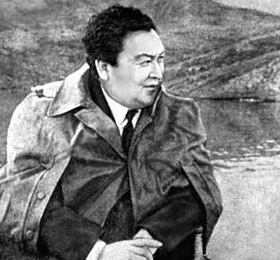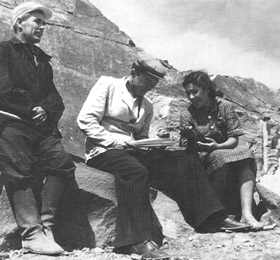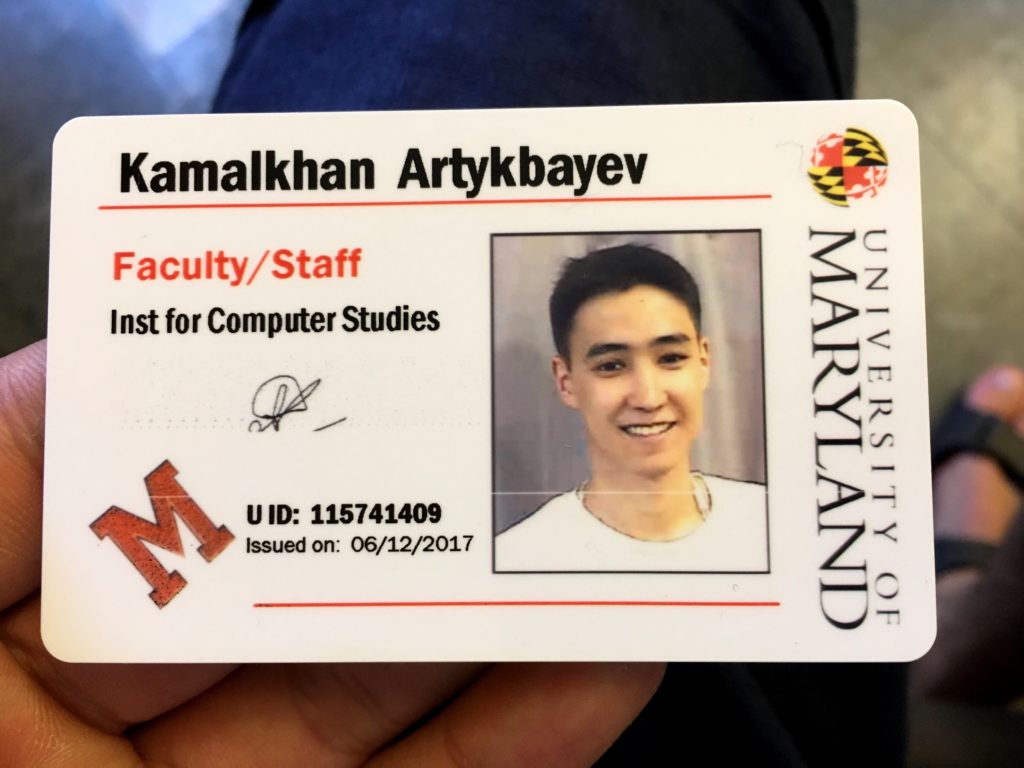Kamalkhan Artykbayev
Specialization: Information Systems. Internship: University of Maryland, USA.
The central figure of this interview graduated from the Suleiman Demirel University, and in 2017 won the competition of Sh. Yessenov Foundation and did a three-month internship at the Center of Automation Research of the University of Maryland. What experience has the guy from Usharal while working in one of the most modern laboratories of the world?
Why did you choose Information Systems as your major in the University?
There are lots of specialties for those who love mathematics and physics. Therefore when it was my turn to choose, it was quite difficult. But I knew clearly that I wanted something new, not related to science, considering it boring. I was looking for a specialty where I could apply my knowledge of mathematics in practice. And it is thanks to the chosen specialty that “something new” appeared in my life, something that I have not encountered before. However, having digging deeper, I see that the world of computer science is able to combine all the sciences. So you can’t go anywhere without science.
To win the competition for an internship: was it simple as pie for you?
Well, it wasn’t so much easy to win the contest. It was hard for me to wait for the results of two rounds, but even harder was the interview — I felt complete disorientation. I didn’t know how to act and what to say. My fellow competitors from other universities felt the same. It seems to me that the moment that I concentrated and understood — it is necessary to be myself, to behave simply and to feel as usual — played a role. I think this is very important.
How was your internship?
I worked in a group of Professor Larry S. Davis. The center for automation research is engaged in projects associated with computer vision and machine learning. The purpose of training was to create a neural network that would recognize weather conditions, humidity and time using a photo of the area and its Metadata (i.e. information from the image itself — geolocation, date of survey, focus, etc.).). I was specifically engaged in the creation of a network that could recognize and calculate the angle of the sun from photographs of people’s faces. With the help of azimuth and time, we find out the geolocation of the image. At the end of the training we came to the creation of a full-scale neural network, which determined the angle of inclination of the sun with a minimum error. In the laboratory, I met at first glance strange, but very interesting people. My Professor and I have a very good relationship, and we are still in touch. Moreover, I managed to go to the Coldplay concert in Washington— it was unforgettable, for me and for another 55,000 spectators who were present and sang in chorus with Chris Martin, the band’s soloist. And, of course, I visited almost all the museums and attractions of the American capital.
What next?
The entire academic 2017-2018 I devoted to the study of Computer Vision, Deep Learning and their mathematical component. I completed a thesis associated with recognition of logos in the image. I entered Nazarbayev University for a master’s degree in computer science. Upon completion of my studies, I plan to enroll to PhD program at the University of Toronto or Swiss ETH in computer science and mathematics. Now I work as a data analyst in Petrel AI. We apply Deep and Machine Learning to address the problems of the industry.
31.07.18, Stories
Seen by: 578





